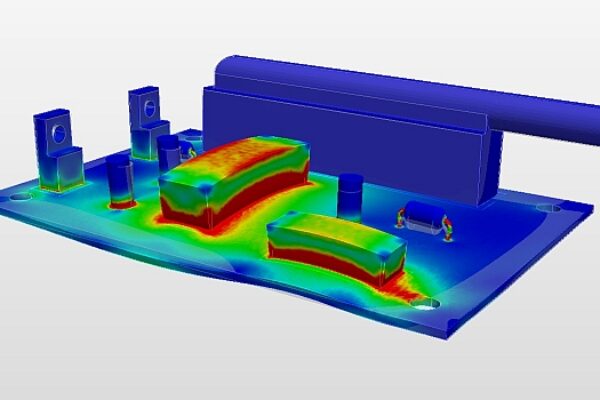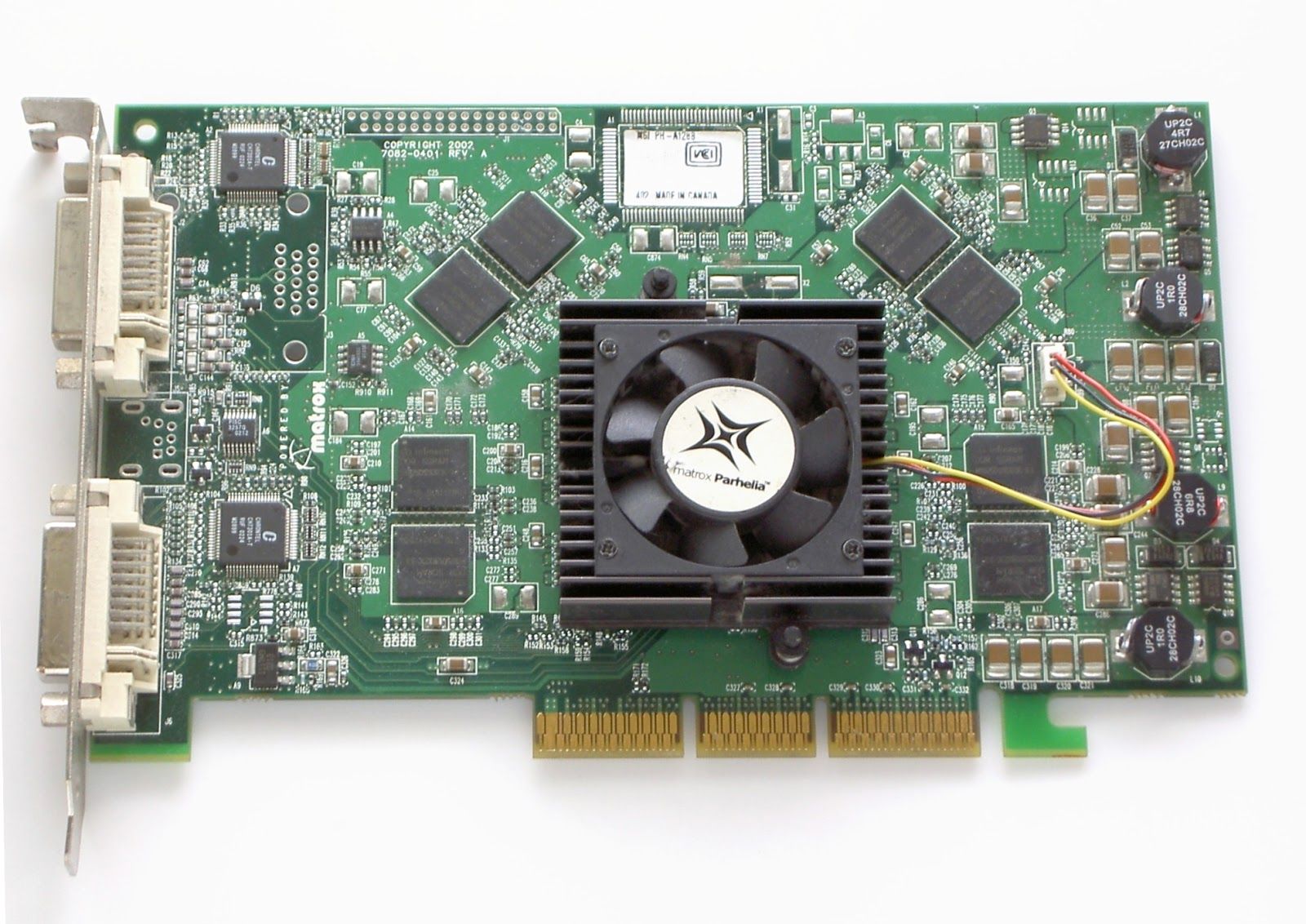
Thermal management with cloud-based simulation
Within the next hour or two, the battery starts to drain much faster than usual, making you wonder if it’s time for a new one. A few minutes later, one just realizes that it is nothing more than the fan that was buzzing all along that ate up the battery.
Laptops are at one end, whereas at the other one you have server farms. Servers range from the size of a room to that of clusters of several sq. km. Whether we tweet or like something on Facebook, every time a server is crunching data.
According to recent studies, these server farms consumed negligible energy globally in 2000. Within the last decade however, these server farms have grown to consume about 3% of world’s total energy and are contributing to 2% of global greenhouse gas emissions.
This is the same carbon footprint as that of the airline industry. In terms of actual numbers for 2015, the total consumption from server farms worldwide was about 450 Terawatts while the consumption of a country like the UK was about 300 Terawatts. Continuing at this rate is highly unsustainable for the coming decade.
Heat transfer and electronics
While some would blame the data centers and others the irresponsible social media usage, the crux of the problem is related to understanding the heat transfer and developing technologies that can improve the heat removal processes. As electronics components are getting miniaturized, thermal management is becoming even more essential and needs a greater consideration during the design process.
Conventional design and prototyping processes have relied heavily on experimentation. Each test requires preparation of a unique sample that might never be mass manufactured. Both sample preparation and testing add exponentially to the associated costs and design time. Eventually, interpolation and extrapolation of data believed to be within permissible limits, play a significant role.
This is where engineering simulation/computer aided engineering (CAE) comes in. CAE software based on Finite Element Method and Computational Fluid Dynamics have, until now, taken a backseat in the design and development process. Though used in the industry, they are considered to provide an order of magnitude estimates, but the focus on real-life experiments continues.
It is indeed true that experimentation cannot be totally eliminated, but the purpose of simulation technology is to complement it, contributing to parameter optimization that can lead to improved products, significantly more energy efficient. The era when FEM and CFD were independent entities are long gone and multidisciplinary optimization is the reality realm.
In addition, the emergence of cloud-based CAE solutions has been a paradigm shift from the traditional on-premises software, which lacks flexibility, is exorbitantly expensive, and is affordable only for big companies. Browser-based simulation tools have made the technology accessible to everyone, including small and medium-sized companies that are involved in the design and development of components. In other words, one can say that they have democratized the design process by empowering every designer with the necessary tools.
Thermal analysis of a chip
To understand what’s so difficult when miniaturized, a simple example of heat conduction across an insulating place can be considered. Consider two chips of the same efficiency, say Chip A & Chip B. Let Chip A be 10 times smaller in dimension along each direction, in comparison to the size of Chip B. If the chips are of equal efficiency, then the total heat flux remains the same.
Now, considering simple Fourier Law of heat conduction, the net change in temperature is ten times in Chip A compared to Chip B. In other words, a ten times reduction in size also leads to 100 times faster heating! Thus, much rapid heat removal is required when Chip A is used.
The entire process of thermal management is complicated. Thus, it is imperative to break down the entire process into subprocesses to incorporate CAE modeling. Let us consider the example of thermal management in a laptop. From a physical standpoint, most printed circuit boards are made of chips that are powered by electronic circuit. In an ideal world, there is no dissipation and hence no thermal loss.
However, due to the inefficiency and being governed by second law of thermodynamics, some input part electrical energy (or power) is converted and dissipated as heat energy.

Further on, this heat is transferred to the printed circuit board (PCB) to which the chip is attached. Before the board is heated up, a heat sink needs to facilitate removal of heat either through a forced convection (using a fan) or natural convection (passive cooling).
The entire process involves the thermal – structural analysis of a chip, a transient thermal analysis of the PCB and finally conjugate heat transfer using CFD.
The major mistakes in modelling these thermal processes include:
(a) usage of static instead of transient analysis
(b) reduced number of simulations to save time
(c) neglecting physical conditions like contact
(d) uncoupled modelling.
To help designers and engineers cope with these issues, a powerful CAE software and proper training are needed.
One example is the SimScale freemium cloud-based software, suitable for such thermal management problems. Working 100% in the browser, the platform facilitates parallel computing, enabling multiple samples to be modeled simultaneously.
In addition, the conjugate heat transfer and thermal – structural analysis options allow transient coupled solutions accounting for physical and boundary nonlinearities like contact or plasticity. The free Community plan gives access to all the features for public projects, and the community of 70 000 engineers are always available to help or share they know-how, making the learning process as easy as it can be.
Conclusion
CAE is no longer a luxury enjoyed by the large-scale industries. With such cloud-based solutions, focused on ease of use, collaboration, and performance, it can be used by everyone, no matter the company size, budget, country or experience level. If you want to give simulation technology a try, you can do it for free here.
About the author:
Ajay B. Harish works as Technical Writer at SimScale and is a Doctoral candidate with Prof. habil. Dr.-Ing. Dr. h.c.mult. Dr.-Ing. E.h. Peter Wriggers at the Institute of Continuum Mechanics (Leibniz Universität Hannover, Germany). His primary focus of research includes constitutive modelling of soft materials – granular materials – composites, nonlinear fracture mechanics, contact mechanics and automation of computational modelling. His official profile can be found on the IKM Website.
 If you enjoyed this article, you will like the following ones: don't miss them by subscribing to :
eeNews on Google News
If you enjoyed this article, you will like the following ones: don't miss them by subscribing to :
eeNews on Google News




